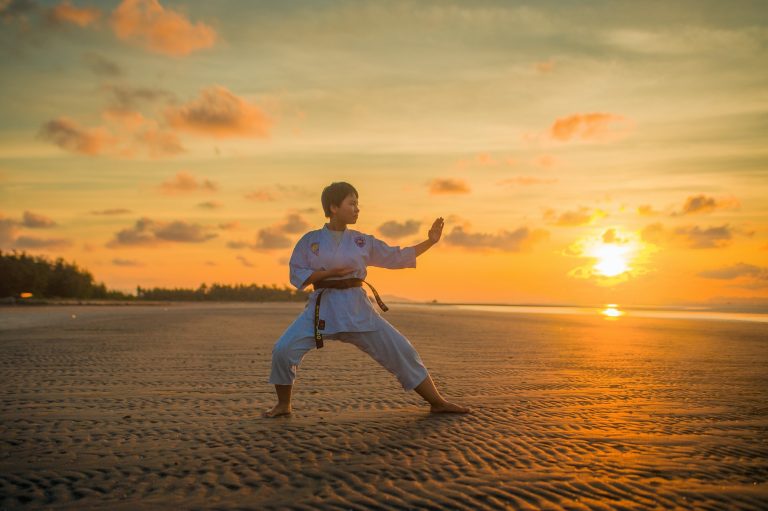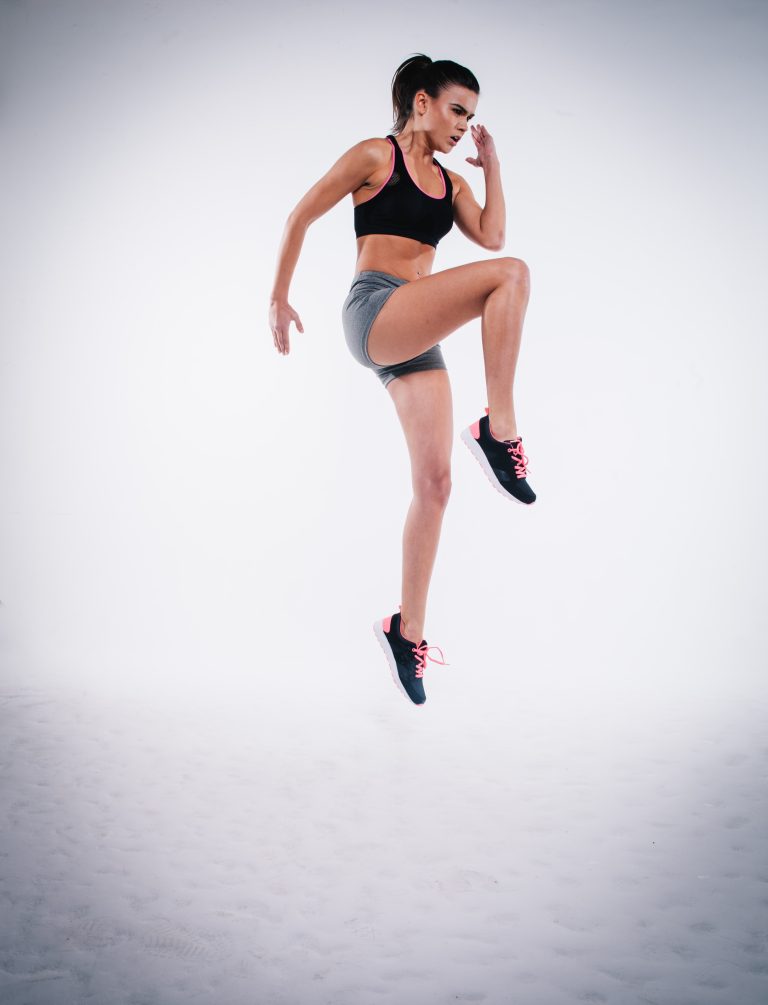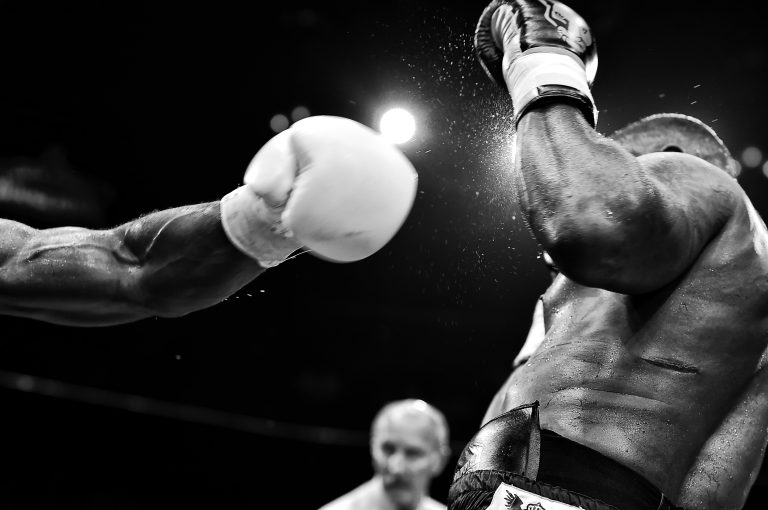How to Do Karate for Beginners at Home
Karate is an ancient Japanese martial art that improves physical fitness and self-defense skills. It involves various punching, kicking, and striking techniques to defend oneself or others. Nowadays, more people are looking for ways to learn karate at home, especially during the COVID-19 pandemic. Here are some tips on how to do karate for beginners at home.
Why Learn Karate?
Karate has many benefits, including enhancing physical health, strengthening muscles, improving flexibility, and increasing endurance. Karate also teaches self-discipline, respect, and self-defense. It is an excellent way to stay healthy and improve mindfulness.
Basic Karate Techniques
To start learning karate, it is essential to learn some basic techniques first. Before we start, make sure you have comfortable clothes and enough space to perform the techniques safely. Here are some of the basic karate techniques:
1. Karate Stance
The karate stance is the foundation of all karate techniques. It involves standing with feet shoulder-width apart, knees slightly bent, and arms loose at the side of the body. This stance enables the practitioner to move quickly, maintain balance, and generate power in strikes.
2. Karate Punch
Karate punch is one of the essential and most frequently used techniques in karate. To do a proper punch, follow these steps:
- Start in a karate stance, with your dominant foot behind the other.
- Stabilize your front leg and shift your weight forward, putting your entire body behind the punch.
- As you punch, rotate your hip and pivot the ball of your back foot.
- Extend your arm fully, keeping it straight but not locking your elbow.
- Finally, retract your arm, making sure your wrist is straight.
3. Karate Kick
Karate kicks involve striking with feet and legs. To perform a basic front kick, follow these steps:
- Start in a karate stance, putting your dominant foot behind you.
- Turn your hips slightly to the side of your dominant foot, bringing your knee up to your chest.
- Extend your leg forward, keeping your toes pointed, while keeping your body and arms stable.
- Once your leg is fully extended, retract it back to the starting position.
How to Practice Karate at Home
Practicing karate at home can be beneficial, but it is essential to ensure safety and prevent injuries. Here are some useful tips to practice karate at home:
1. Warm-Up
Before practicing karate, it is crucial to warm-up your body. A warm-up can be as simple as jogging in place, jumping jacks, or stretching your muscles. Warming-up prepares your body for the physical demands of karate training.
2. Practice Techniques Gradually
Karate is a challenging martial art, so it is essential to practice with care and precision. Choose a technique and practice it several times before moving on to the next. Ensure you are doing each technique correctly before adding speed and power.
3. Use a Mirror
A mirror can be a helpful tool for self-practice. It enables you to see your form and correct your mistakes. Position yourself in front of a mirror during practice and observe your movements.
4. Join an Online Karate Class
Joining a live online karate class can be an excellent way to learn karate at home. You can interact with other students and receive feedback from a qualified instructor. Explore online options and find a class that is suitable for you.
How to Do Karate for Beginners at Home: Answering Your Most Frequent Questions
Karate is a martial art discipline that has been practiced for centuries. It is not only a means of self-defense but also a form of exercise that improves balance, strength, and flexibility. Karate can be learned by anyone, including beginners who want to practice the art at home. In this article, we provide answers to some of the most frequently asked questions about how to do karate for beginners at home.
What are the basic movements of karate?
Karate is built on various techniques through which the practitioner defends against or attacks an opponent. The basic movements in karate include:
– Punching: This involves striking with the fists, and there are several types of punches in karate such as a straight punch, uppercut, and hook punch.
– Kicking: Karate also involves various forms of kicking, such as front kick, roundhouse kick, sidekick, and back kick.
– Blocking: Blocking is used to defend against an opponent’s attack, and it is a fundamental aspect of karate.
– Striking: This refers to applying force to an opponent’s body using other parts besides the arms and legs; for example, striking with the elbow or knee.
How do I start practicing karate at home?
Starting with karate at home as a beginner involves a few simple steps:
– Start with warm-up exercises: Before beginning any karate practice, it’s essential to warm up. This can include jumping jacks, running in place, or doing a few yoga stretches to loosen the muscles.
– Learn the basic techniques: As mentioned, the basic movements of karate include blocking, striking, punching, and kicking. You can learn these basic techniques by enrolling in online classes, video tutorials, or reading instructional books.
– Practice regularly: Practicing regularly is key to developing your karate skills. Try to devote at least 30 minutes a day to practice, and gradually increase the duration as you become more comfortable with the movements.
What is the best way to learn karate at home?
The best way to learn karate at home is to take online classes or watch instructional videos. Online classes allow you to learn at your own pace and gain access to expert instructors who can provide feedback and guidance.
What are some tips for practicing karate at home?
Here are some tips for those who want to practice karate at home as a beginner:
– Practice in a clear space where there is enough room to move around freely.
– Invest in proper equipment such as a punching bag, gloves, and protective gear.
– Avoid overexerting yourself, and remember to take breaks when necessary.
– Stay consistent and patient with your practice; learning karate takes time and effort.
Can I earn a karate belt at home?
Yes, it is possible to earn a karate belt at home through online programs. However, it’s important to note that online certification may not be recognized by some traditional martial arts schools.
Is practicing karate at home safe?
As with any physical activity, practicing karate at home comes with some risk. It’s essential to take precautions such as using protective gear to ensure your safety. Additionally, it’s important to consult your doctor before beginning any new exercise program, especially if you have any pre-existing health conditions.
How To Do Karate for Beginners at Home
Introduction
Karate is a popular martial art that originated in Japan. It is an excellent way to improve your physical strength, mental focus, and flexibility. However, joining a karate class can be expensive, and you may not have the time to attend classes regularly. But don’t worry, with the right guidance, you can start studying karate from the comfort of your own home. In this guide, we will take you through some simple steps to help you get started with karate as a beginner.
Step 1 – Understanding the Basic Principles of Karate
It is essential to know the fundamental principles of karate before you start practicing. Karate is not just about learning a few moves; it is a way of life that requires mental and physical discipline. Here are a few principles of karate to keep in mind:
- Etiquette and Respect: Karate is a respectful art that places a great emphasis on etiquette and respect towards others.
- Kihon: Kihon means „basic moves,“ and it refers to the practice of fundamental techniques, such as kicks, strikes, and blocks.
- Kata: Kata refers to a set sequence of moves that you perform against imaginary opponents.
- Kumite: Kumite is the practice of sparring with a partner.
Step 2 – Creating Your Karate Training Area
Before you start practicing karate, you must find a suitable place to train. You don’t need a lot of space; a small area will work just fine. Here are few things to consider when setting up your training area:
- Clean and Clear: Clear the area of any obstacles or objects that may cause injury while training.
- No Distractions: Find a quiet place where you will not be interrupted during your practice sessions.
- Adequate Lighting: Ensure that the area is well-lit to avoid any accidents during training.
Step 3 – The Basics of Karate Stances
Karate involves a lot of stances, and it is crucial to understand and master them before moving on to more complex techniques. Here are four basic stances to get you started:
- Hachi-ji Dachi (Natural Stance): Stand with your feet shoulder-width apart, toes pointing forward.
- Zenkutsu Dachi (Forward Stance): Step forward with one foot, keeping your back foot behind and perpendicular to the front foot.
- Kokutsu Dachi (Backward Stance): Step back with one foot, keeping your front foot planted and perpendicular to the back foot.
- Kiba Dachi (Horse Stance): Spread your feet apart wider than shoulder-width, toes pointing slightly outward.
Step 4 – Basic Karate Techniques
After learning the stances, it’s time to learn some basic karate techniques. Here are a few techniques that you can start with:
- Straight Punch: Stand in your natural stance and extend your arm straight out, keeping your elbow slightly bent. Repeat with the other arm.
- Front Kick: Stand in your natural stance and lift your leg, extending it forward out as you kick towards your target.
- Roundhouse Kick: Stand in your natural stance and lift your leg up, then pivot on the ball of the supporting foot as you bring your heel in towards your target.
- Block: Stand in your natural stance with your arms raised, palms facing outward. Bring your arms down to block an incoming attack.
Step 5 – Consistency and Dedication
Like any other skill, consistency and dedication are key for improvement. Practicing karate for just a few minutes every day is better than practicing for hours once a week. Additionally, set realistic goals for yourself and track your progress. Celebrate when you achieve your goal, no matter how small.
Conclusion
Karate is an excellent way to improve your physical health and mental focus. However, joining a karate class may not be feasible for everyone. With the right resources and guidance, you can start practicing karate at home. We hope this guide has provided you with some helpful tips to start your karate journey as a beginner. Remember, always stay disciplined, focused, and enjoy your practice sessions.
Inhaltsverzeichnis






